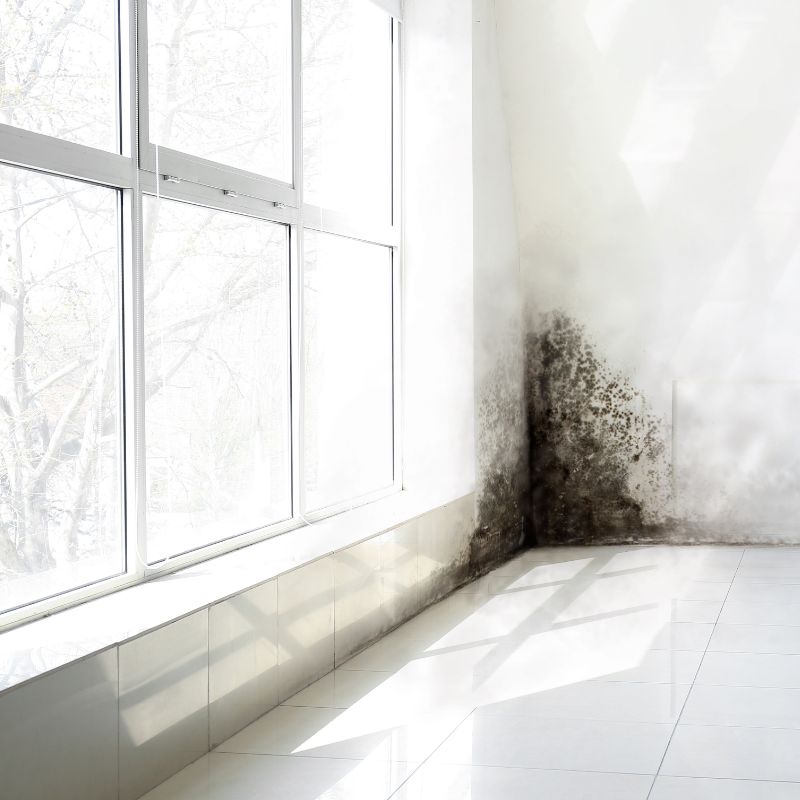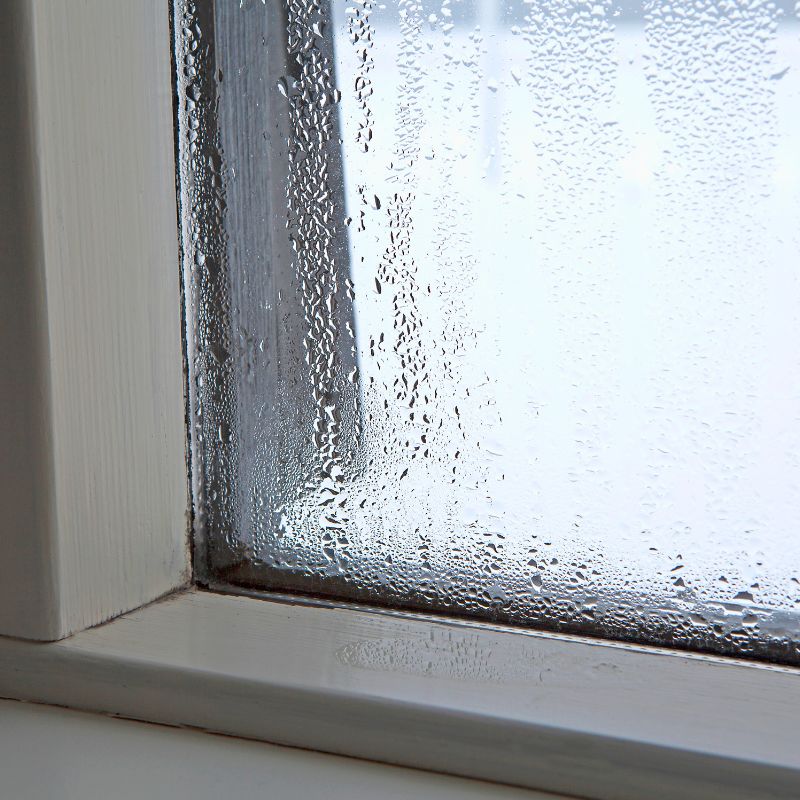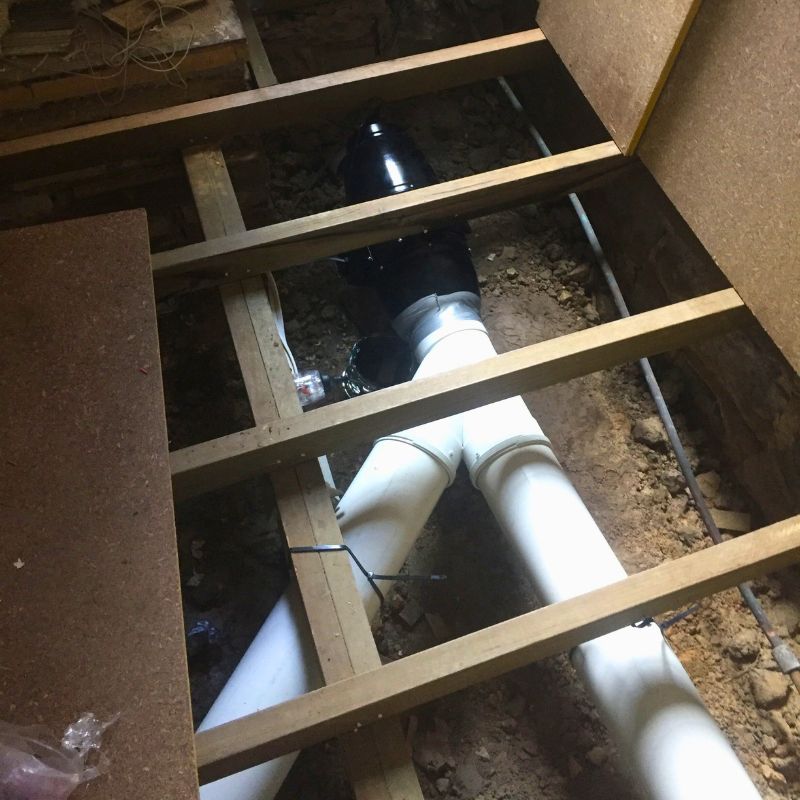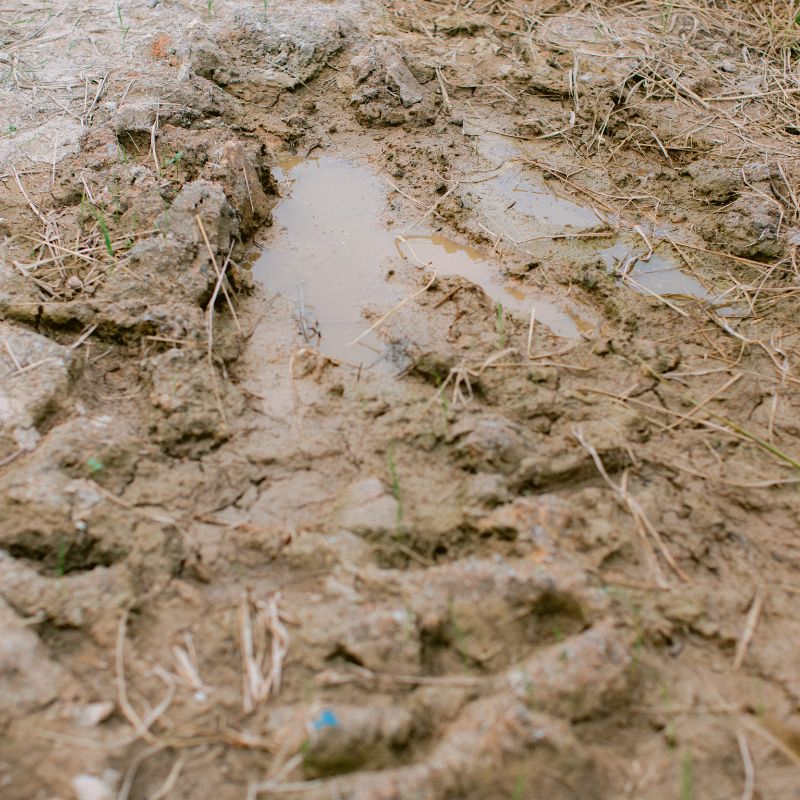Signs of Poor Sub-Floor Ventilation in Melbourne Homes
Melbourne weather has a way of sneaking moisture into the most unexpected places. It starts with a faint smell, a soft floorboard, or that uncomfortable chill in the air that never seems to leave. For many homeowners across suburbs like Glen Waverley, Box Hill, and Camberwell, these subtle clues all point to one hidden issue — poor sub-floor ventilation.
It’s easy to overlook the space beneath your home. After all, it’s dark, dusty, and usually out of reach. But what happens under your floorboards affects what happens inside your living areas more than you might think.
Why Sub-Floor Ventilation Matters in Melbourne’s Climate
Melbourne’s mix of cold winters, humid summers, and unpredictable rainfall makes local homes particularly vulnerable to moisture problems. The sub-floor — the cavity between the ground and your floorboards — is designed to allow air to circulate and keep the space dry.
When that airflow is restricted, damp air becomes trapped. Over time, condensation builds up, the soil stays wet, and mould begins to grow. That trapped moisture doesn’t just sit quietly; it slowly spreads its effects upward into your home.

In many of the older homes scattered across Blackburn, Surrey Hills, and Doncaster, natural airflow once came through terracotta or brick vents. But renovations, landscaping, and energy efficiency upgrades often block or reduce those openings. Add years of dust, cobwebs, and garden beds pressed up against walls, and you’ve got a recipe for poor ventilation.
The Early Warning Signs of Poor Sub-Floor Ventilation
Sub-floor ventilation issues rarely announce themselves loudly. Instead, they whisper through small, persistent changes in your home’s comfort and condition. Here are the most common signs that something’s not right underneath:
1. A Persistent Musty Smell
A stale, earthy smell is one of the earliest and most recognisable signs. It often comes and goes with the weather — stronger after rain or on humid days — and tends to linger in rooms closest to the ground floor.
That smell isn’t just “old house” odour; it’s the scent of mould and bacteria feeding on moisture. Even if you can’t see mould on walls or ceilings, the sub-floor might be full of it.

2. Mould or Mildew Inside the Home
When the air beneath your floor is damp, mould spores can easily find their way into your living areas. You might notice small black spots on skirting boards, window sills, or even behind furniture that sits against external walls.
In older Melbourne homes, where timber floors and plaster walls breathe naturally, this transfer happens more easily. Once mould takes hold, it spreads fast, feeding off humidity and dust.

3. Soft or Warped Floorboards
Wood and moisture don’t mix well. When timber flooring absorbs damp air from below, it begins to swell, bend, or soften. Over time, floorboards may cup or lift slightly at the edges. You might even notice a faint “bounce” or creak underfoot that wasn’t there before.
If you live in an area with clay soil, like Glen Waverley or Burwood, that problem can worsen after heavy rain. The soil retains water, increasing humidity in the sub-floor cavity.
4. Condensation and High Indoor Humidity
If your windows fog up even when it’s not particularly cold outside, or your home feels clammy despite good insulation, excess moisture from below might be the cause. Poor sub-floor ventilation traps damp air, which then seeps upwards through cracks and gaps.
In newer homes built to be airtight, this moisture has nowhere to go — it simply circulates inside.

5. Crumbling or Flaking Paint Near the Floor
Paint that bubbles, peels, or flakes near skirting boards often indicates dampness underneath. As moisture rises through building materials, it weakens the bond between paint and wall. Over time, you may even see discolouration or faint stains that look like water marks.

6. Rusting Metal Fixtures or Corrosion
Electrical components, brackets, and nails exposed to moisture start to show signs of corrosion. Electricians often find rusting junction boxes, discoloured wiring, or oxidised conduits under homes with poor ventilation. Not only does this signal dampness, but it also presents potential safety concerns if left unchecked.
7. Health Symptoms That Flare Up Indoors
It’s easy to dismiss headaches, sneezing, or mild congestion as hay fever — until you realise the symptoms improve when you’re away from home. Poor sub-floor ventilation can lead to higher indoor mould spore levels, aggravating asthma, sinus issues, and allergies.
If the air feels heavy or you find yourself opening windows constantly to “freshen things up,” that’s your body sensing what your nose already knows — there’s too much moisture below.

How Poor Ventilation Develops Over Time
Most ventilation issues don’t appear overnight. They build gradually, often starting with something small — a blocked vent, a garden bed pushed too close to the wall, or an enclosed deck extension that covers existing airflow paths.
Homeowners often notice the smell long before they see damage. By then, the sub-floor may have already become a damp micro-climate. The longer it remains untreated, the more it encourages mould, fungi, and even pests like silverfish and termites.
In Melbourne’s older weatherboard homes, decades of small changes — new floors, extra insulation, tighter seals — all combine to reduce natural airflow. Modern improvements unintentionally remove the “breathing space” these houses were designed to have.
A Real Example from Melbourne’s Eastern Suburbs
In Carlton North, a homeowner renovating a beautiful heritage property reached out to Kenner Electrics after noticing persistent damp and musty smells beneath their raised timber floors. Limited subfloor access had been trapping moisture, so our team designed and installed a custom ducted ventilation system using two quiet TT 150 SILENT inline mixflow fans to deliver strong, even airflow. Both fans were wired neatly from a single outlet with a timer control, allowing automatic operation during the day.
The system now draws out stale, damp air and replaces it with fresh air, protecting the home’s structure and air quality. Within weeks, the homeowner noticed a fresher indoor environment and the musty odour completely gone — a simple yet lasting fix for a common problem in Melbourne’s older homes.

The Hidden Risks of Ignoring Sub-Floor Moisture
A musty smell might seem harmless, but moisture is one of the most destructive forces inside a home. Left untreated, it can weaken structural timbers, cause paint and plaster to deteriorate, and shorten the lifespan of insulation and flooring.
Electricians also see the electrical risks firsthand. Dampness accelerates corrosion in junction boxes and cable connections, leading to potential faults or short circuits. Over time, what starts as an air quality issue can turn into a safety hazard.
In extreme cases, homeowners have faced significant repair costs after discovering that hidden rot under their floors had compromised structural beams. That’s why recognising and addressing the early signs matters — prevention is always cheaper than reconstruction.
Electrical Maintenance and Sub-Floor Health
While many people associate electricians with lighting or switchboards, they play a vital role in maintaining healthy airflow under your home. During inspections or electrical upgrades, licensed electricians can identify early indicators of poor ventilation — such as condensation on wiring or rust on metal fittings.
Electricians also install mechanical sub-floor ventilation systems, which use high-capacity fans and smart timers to draw out stale air and replace it with fresh, dry air. These systems work quietly in the background, keeping humidity levels under control while you go about your day.
Preventing Poor Sub-Floor Ventilation
Once you know the signs, there’s plenty you can do to reduce moisture under your home:
- Check your vents regularly. Clear away soil, plants, and mulch that may block airflow.
- Inspect drainage. Ensure downpipes and stormwater outlets direct water away from the house, not towards it.
- Look for leaks. Fix any dripping taps, bathroom waste pipes, or gutters.
- Avoid sealing every gap. Homes need controlled airflow — total sealing traps moisture inside.
- Schedule routine inspections. Have a licensed electrician assess both electrical safety and airflow, especially after renovations or landscaping work.
Each small step reduces the risk of trapped dampness. Over time, good ventilation protects your flooring, wiring, and the health of everyone living above.
Why Melbourne Homes Are Especially Susceptible
Unlike warmer, drier regions, Melbourne’s weather encourages condensation and moisture retention. Homes built on clay soil absorb and hold water longer than those on sandy ground. Many houses in eastern suburbs also sit lower on sloping blocks, where rainwater naturally drains toward the foundations.

Combine that with long wet winters and the occasional summer humidity spike, and you get conditions ripe for sub-floor problems. That’s why homeowners in Box Hill, Glen Waverley, and Balwyn often see more issues than those in outer, hillier areas.
Understanding the environment helps you stay proactive. Your home isn’t “broken” — it just needs the right balance of airflow and maintenance to suit Melbourne’s unique conditions.
Restoring Healthy Airflow Under Your Home
Solving poor sub-floor ventilation is all about balance. The goal isn’t to flood the space with air, but to ensure constant, gentle movement that prevents moisture from settling. Mechanical ventilation systems are designed precisely for that — steady airflow without disruption.
Electricians can assess your sub-floor’s size, shape, and existing vents, then design a solution tailored to your home. Inline fans, ducting, and smart controls work quietly to restore equilibrium under the floor, reducing humidity and preventing further damage.

Once installed, you’ll likely notice improvements within weeks: a fresher smell, drier surfaces, and even fewer condensation spots on windows. It’s a subtle change that makes a big difference.
What can you do about it?
If you’ve noticed any of these signs — musty smells, mould, or creaking, damp floorboards — it could be time to have your sub-floor checked. A licensed electrician can assess airflow, moisture levels, and wiring safety to help prevent further damage.
For homeowners across Melbourne’s eastern suburbs, addressing poor sub-floor ventilation isn’t just about comfort — it’s about protecting your home’s structure, health, and safety for years to come. Sometimes, the cleanest air in your house starts with what’s happening right underneath it. Contact Kenner Electrics to move towards a drier, cleaner home today.


